Pollinatorfriendly Plants To Attract Bees Butterflies And More
Pollinators are essential for our ecosystem. They help to pollinate plants, which is necessary for food production. Unfortunately, pollinator populations are declining due to a number of factors, including habitat loss, pesticide use, and climate change.
One way to help pollinators is to plant pollinator-friendly plants in your garden. These plants provide food and shelter for pollinators, and they can also add beauty to your yard.
Here are some of the best pollinator-friendly plants:
- Bee balm: This plant is a magnet for bees, butterflies, and hummingbirds. It has bright pink or purple flowers that bloom from summer to fall.
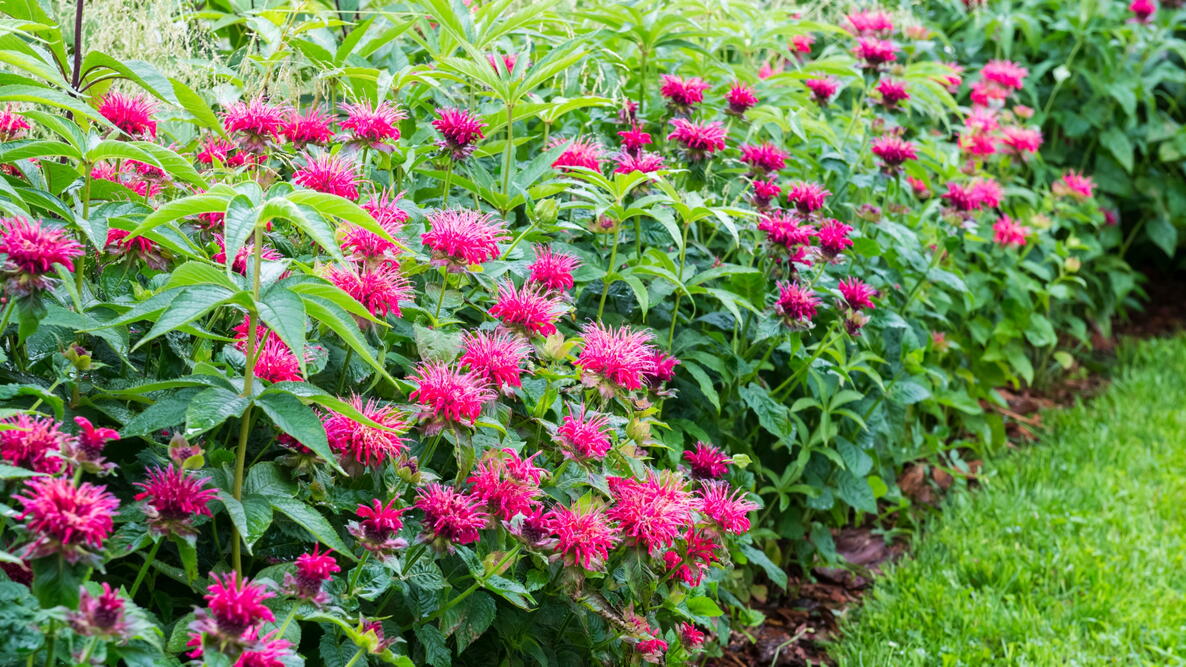
- Butterfly bush: This plant is a favorite of butterflies, and it can attract up to 40 different species. It has tall spikes of lavender flowers that bloom from summer to fall.

- Coneflower: This plant is a popular choice for pollinator gardens, and it comes in a variety of colors, including purple, pink, and yellow. It blooms from summer to fall.
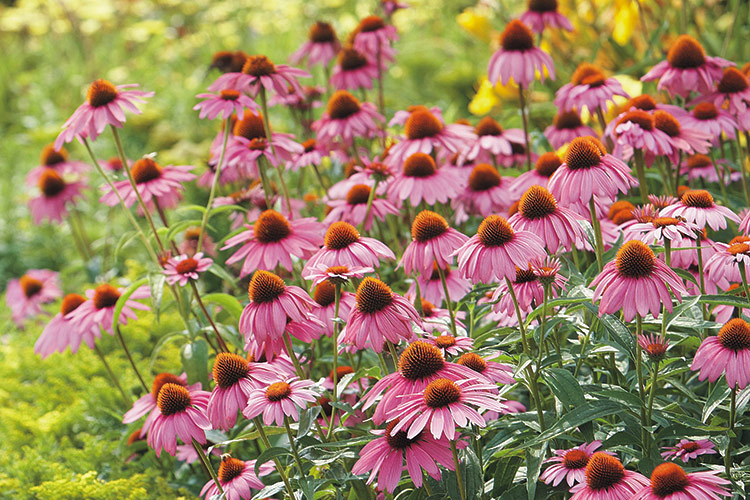
- Goldenrod: This plant is a late-season bloomer, and it provides food for pollinators when other flowers are starting to fade. It has bright yellow flowers that bloom from late summer to fall.
- Lavender: This plant is a favorite of bees, and it has a sweet, calming scent. It blooms from spring to summer.
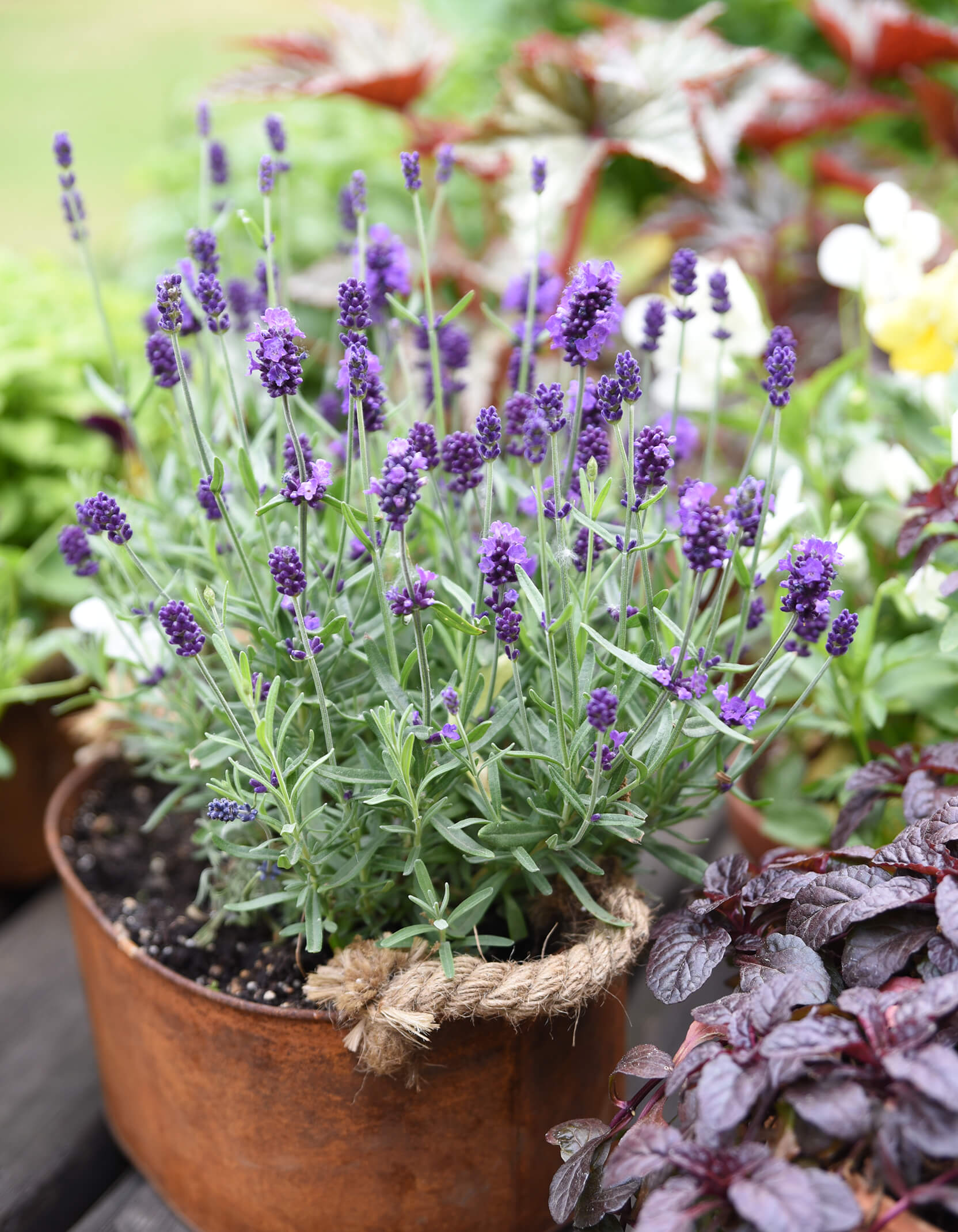
- Milkweed: This plant is the only host plant for monarch butterflies, so it is essential for their survival. It has white, pink, or purple flowers that bloom in summer.
- Sunflower: This plant is a favorite of bees and butterflies, and it can grow up to 10 feet tall. It blooms in summer.
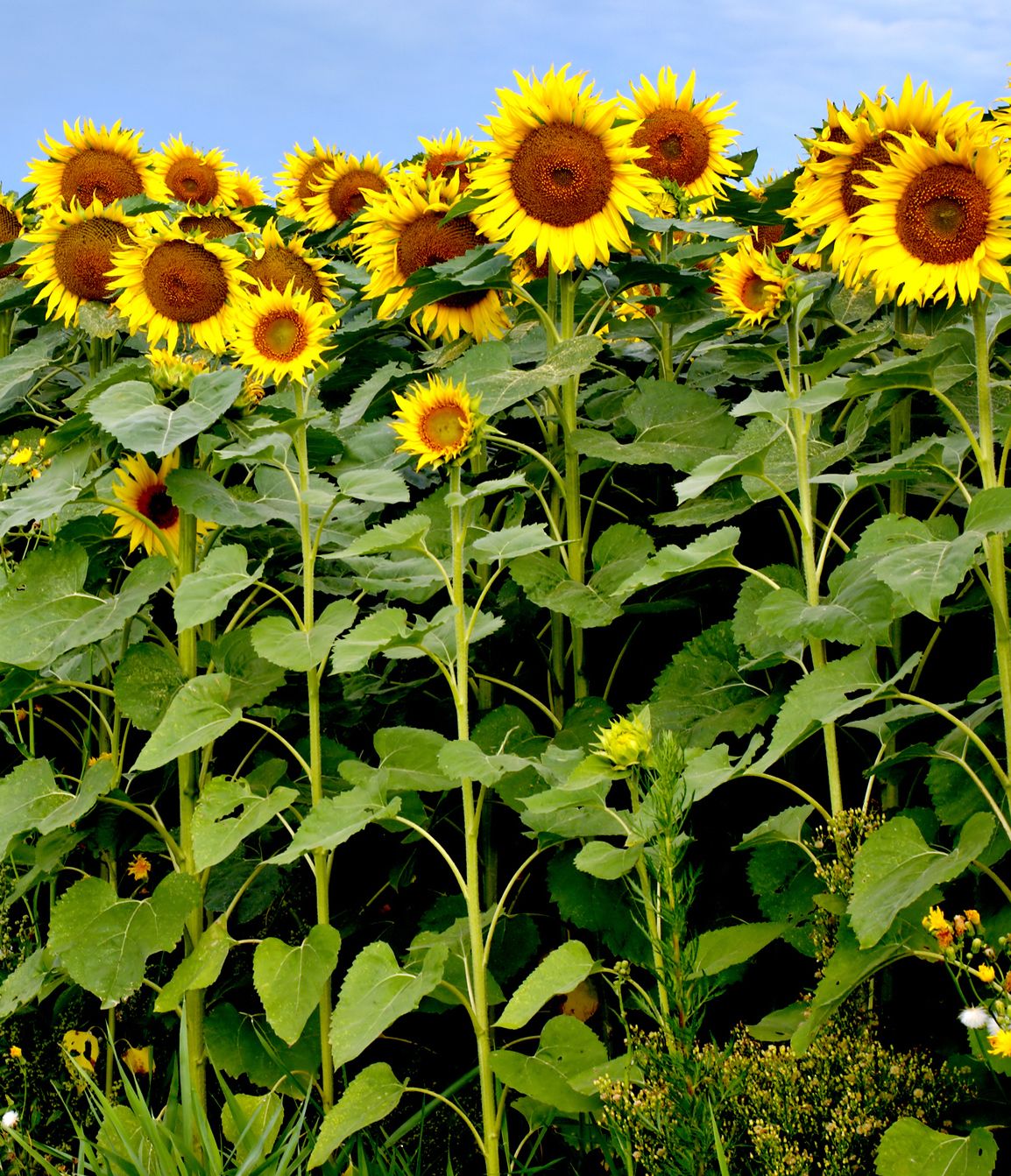
These are just a few of the many pollinator-friendly plants that you can plant in your garden. When choosing plants, be sure to select a variety of colors and bloom times to attract pollinators throughout the season.
You can also help pollinators by avoiding the use of pesticides in your garden. Pesticides can kill pollinators, so it is best to use organic methods to control pests.
By planting pollinator-friendly plants and avoiding pesticides, you can help to create a haven for pollinators in your own backyard. This will help to ensure that these essential creatures continue to thrive for generations to come.
Pollinator gardens are a great way to help our declining bee and butterfly populations. They provide food and shelter for these important pollinators, and they can also be beautiful additions to your yard or garden.
If you're interested in learning more about pollinator gardens, [visit the website address] for more information. You'll find tips on how to create a pollinator garden, as well as a list of plants that are attractive to pollinators.
FAQ of pollinator garden
- What is a pollinator garden?
A pollinator garden is a garden that is designed to attract and support pollinators, such as bees, butterflies, and hummingbirds. Pollinators are essential for our ecosystem, as they help to pollinate plants, which is necessary for food production.
- Why should I create a pollinator garden?
There are many reasons why you should create a pollinator garden. Pollinator gardens can help to:
* Increase the diversity of pollinators in your area
* Improve the health of pollinator populations
* Provide food and shelter for pollinators
* Promote pollination of plants, which is important for food production
* Enhance the beauty of your landscape
- What plants should I include in a pollinator garden?
When choosing plants for a pollinator garden, it is important to select plants that are native to your area. Native plants are more likely to attract and support pollinators than non-native plants. Some good choices for pollinator gardens include:
* Coneflowers
* Sunflowers
* Black-eyed Susans
* Zinnias
* Marigolds
* Lavender
* Butterfly weed
* Bee balm
* Goldenrod
- How do I care for a pollinator garden?
Pollinator gardens require minimal care. Once you have planted your garden, you will need to water it regularly, especially during hot, dry weather. You may also need to deadhead flowers to encourage new blooms.
- Where should I locate a pollinator garden?
Pollinator gardens should be located in a sunny spot with well-drained soil. They should also be located away from pesticides and herbicides.
- How can I attract more pollinators to my garden?
There are a few things you can do to attract more pollinators to your garden:
* Provide a variety of nectar-rich flowers
* Plant some native plants
* Provide water sources for pollinators
* Avoid using pesticides and herbicides
- What are some challenges of creating a pollinator garden?
One challenge of creating a pollinator garden is that it can take some time to attract pollinators. It may take a few years for your garden to become established and attract a diverse population of pollinators.
Another challenge is that pollinator gardens can be susceptible to pests and diseases. However, there are a few things you can do to minimize these problems, such as planting resistant plants and practicing good garden sanitation.
Image of pollinator garden
- Bees on sunflowers. Sunflowers are a great source of pollen and nectar for bees, and they make a beautiful addition to any pollinator garden.
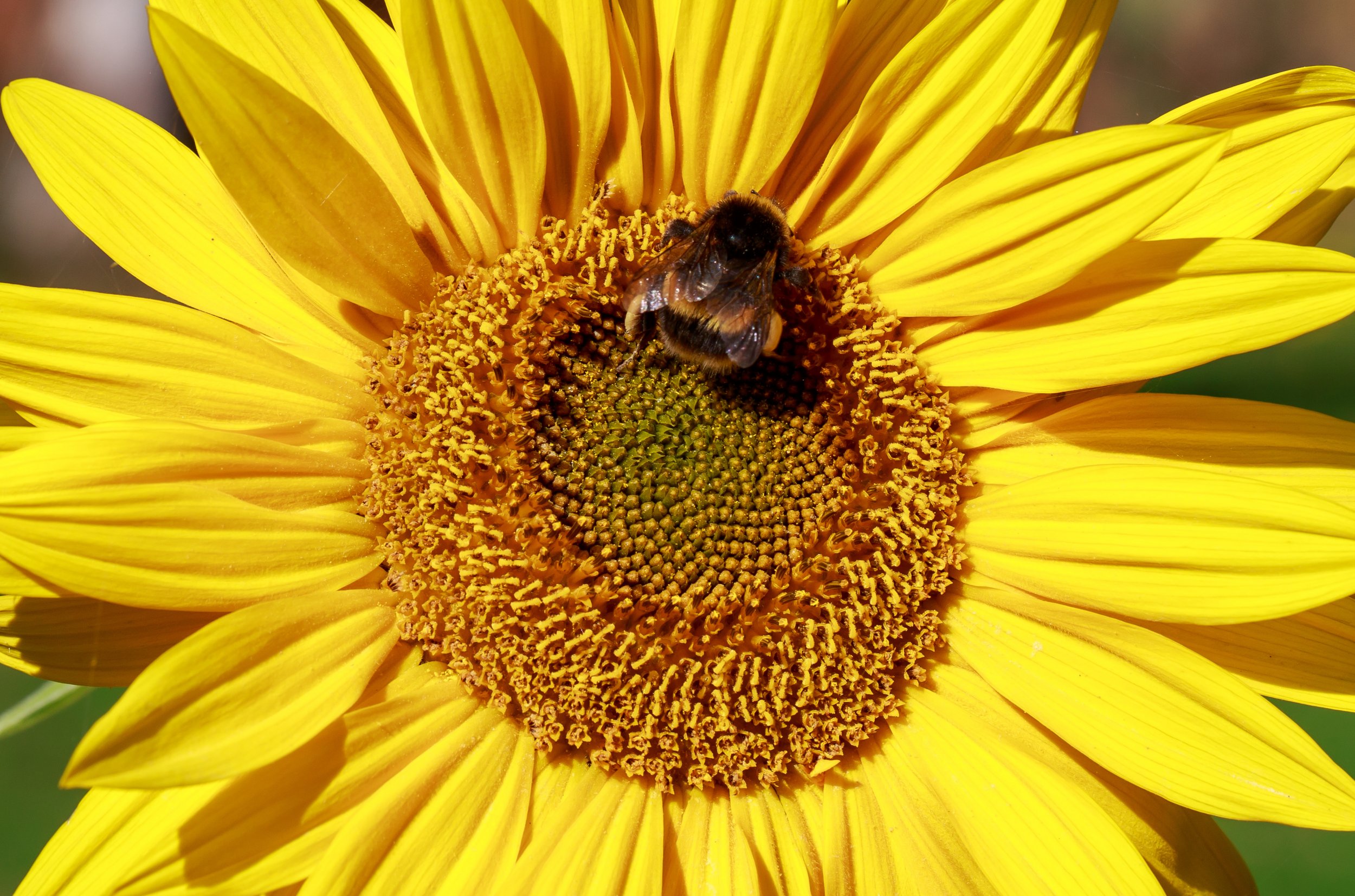
- Butterflies on lavender. Lavender is a popular choice for pollinator gardens because it attracts a variety of butterflies, including monarch butterflies.

- Bumblebees on asters. Asters are a late-season bloomer that provides food for bees and other pollinators.

- Hummingbirds on trumpet vine. Trumpet vine is a fast-growing vine that attracts hummingbirds with its tubular flowers.

- Swallowtails on milkweed. Milkweed is the only host plant for monarch butterflies, so it's an essential part of any pollinator garden.
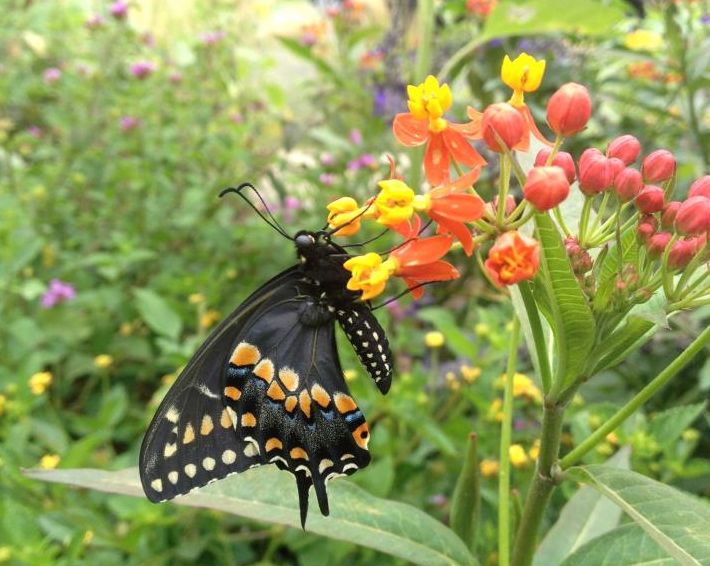
- Ladybugs on cosmos. Cosmos is a low-maintenance flower that attracts ladybugs and other beneficial insects.

- Fireflies in a meadow. Fireflies are a beautiful and beneficial insect that can be attracted to pollinator gardens with the right plants.
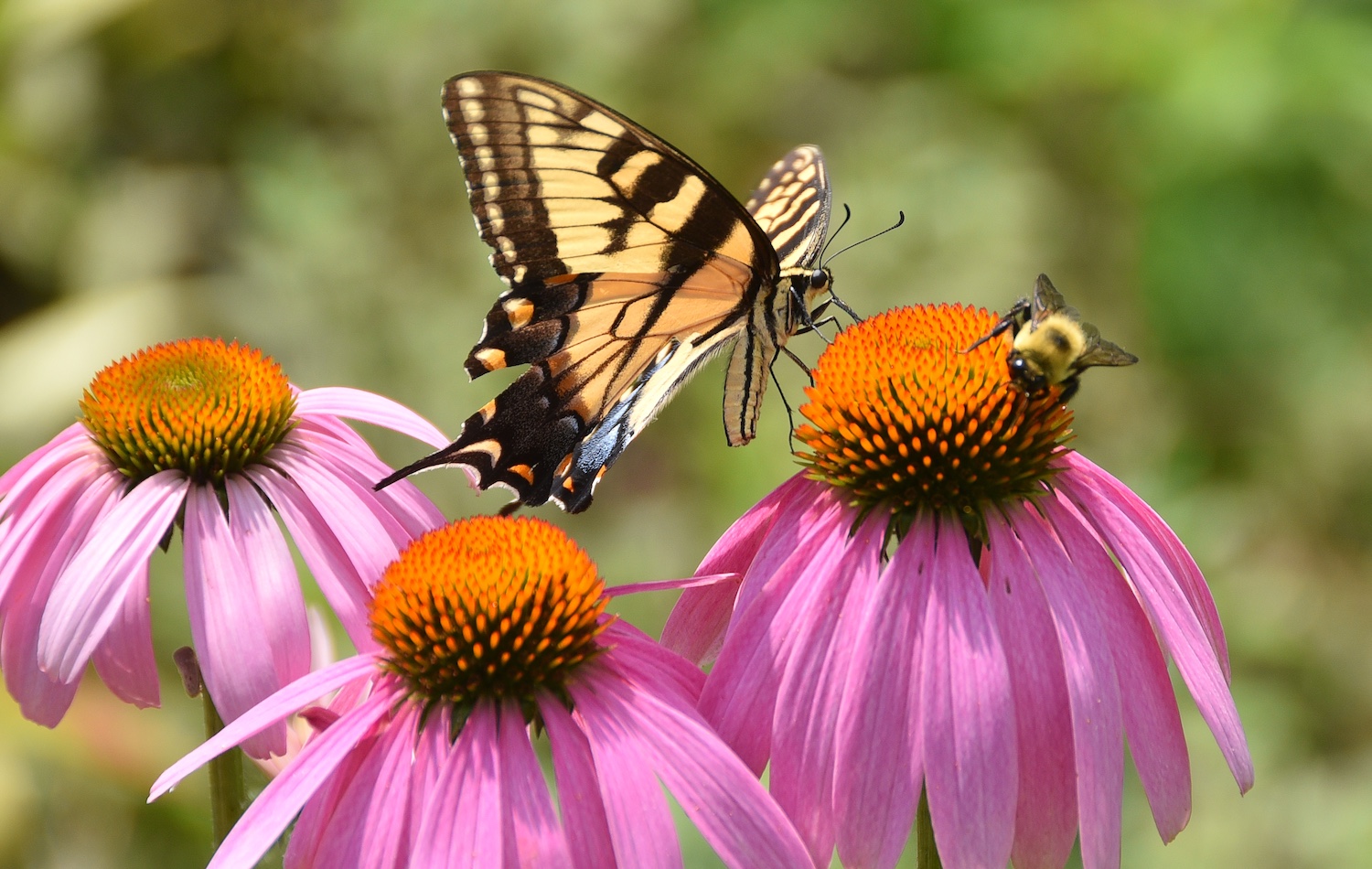
- Owl butterfly on passionflower. Passionflower is a tropical vine that attracts owl butterflies and other pollinators.
- Monarch butterfly on milkweed. Monarch butterflies are a familiar sight in North America, and they rely on milkweed for their survival.
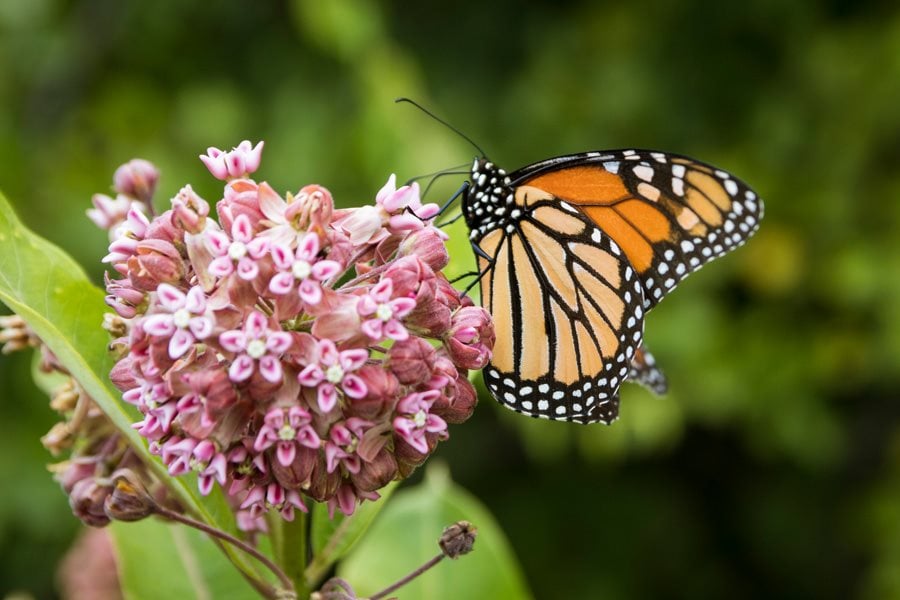
- Bee on a daisy. Daisies are a common wildflower that is a favorite of bees.
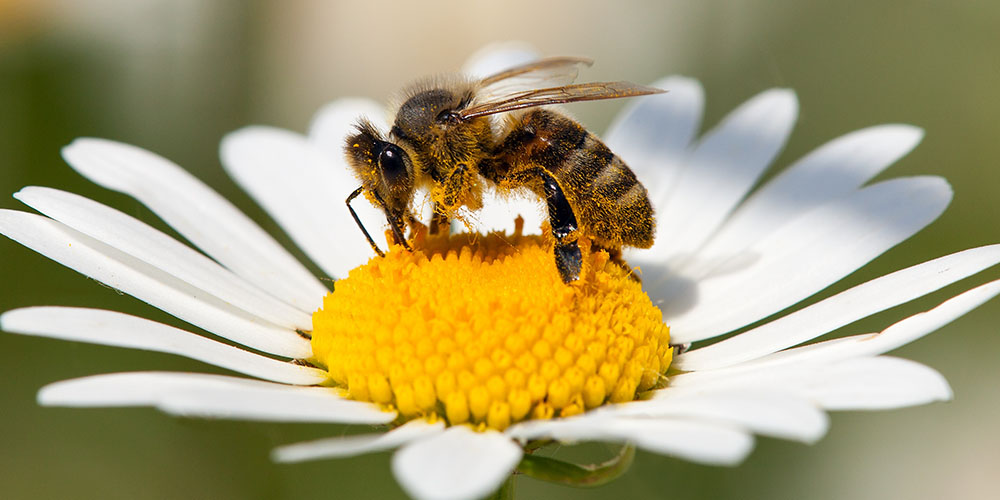
Post a Comment for " Pollinatorfriendly Plants To Attract Bees Butterflies And More"